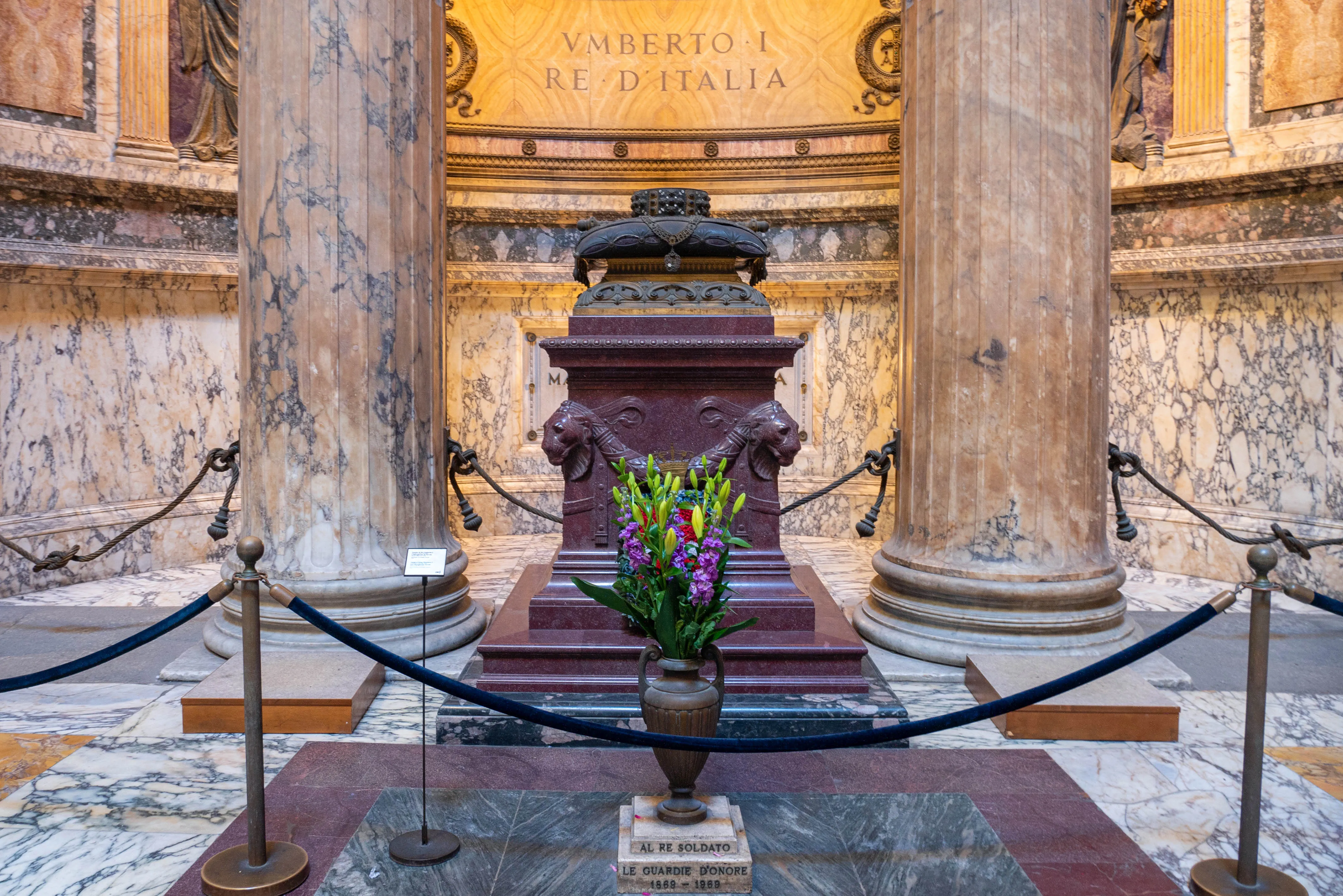Back to art
interior
Pantheon Interior – Raphael, Royal Tombs, Altars, Chapels, Marble Art
Pantheon interior art guide: altars, chapels, Raphael’s tomb, Italian royal burials, marble revetment, and devotional layering explained.
11/7/2025
14 min read

The Pantheon’s interior rotates between classical spatial geometry and layered art-historical additions.
1. Marble Revetment & Color Program
- Original Roman scheme: porphyry, giallo antico, pavonazzetto panels articulate niche rhythm.
- Christian additions respected geometric axes while overlaying liturgical focal points.
2. High Altar & Apse
- Central focus for Mass; Baroque era interventions add gilded frames.
- Lighting design ensures altar remains legible when ambient dome illumination shifts.
3. Side Chapels Overview
| Chapel | Dedication | Notable Feature |
|---|---|---|
| Chapel of the Crucifix | Christ | Bronze crucifix interplay with oculus light |
| Madonna of Mercy | Marian devotion | Candle pattern & ex-votos |
| St. Joseph | Holy Family | Warm-toned marble altarpiece |
| Royal Tomb Area | Italian monarchy | Flags & wreath rotation |
4. Raphael’s Tomb
- Inscription praising his genius ("Ille hic est Raphael": Here lies Raphael). Renaissance reverence codified interior as a pantheon of the arts.
- Floral tributes on artist anniversaries—adds ephemeral color accent.
5. Royal Burials
- Vittorio Emanuele II, Umberto I, Queen Margherita: unify ancient imperial Rome aura with modern national identity.
- Protocol: wreath-laying ceremonies on national dates—may briefly restrict close viewing.
6. Decorative Layering Concept
- Roman structural frame → Christian liturgical nodes → National commemorative overlays → Contemporary visitor management signage.
7. Acoustic & Liturgical Experience
- Curved dome fosters resonant chant; modern services sometimes use subtle amplification to avoid echo muddiness.
8. Viewing Tips
- Circle twice: first for macro geometry, second for micro details (inscriptions, material seams).
- Note color temperature shifts when sunbeam moves from cool morning to warm afternoon marble reflections.
Bottom Line
Treat the interior as a palimpsest: read each layer—Roman material science, Renaissance artistic aspiration, national memory, living worship.
About the Author

Art & Heritage Writer
I wrote this guide to help you experience the Pantheon without stress — with clear tickets, insider tips and the highlights you shouldn't miss.
Tags
Pantheon interior
Raphael tomb
royal burials
chapels
marble
Comments (0)
Leave a Comment
Loading comments...